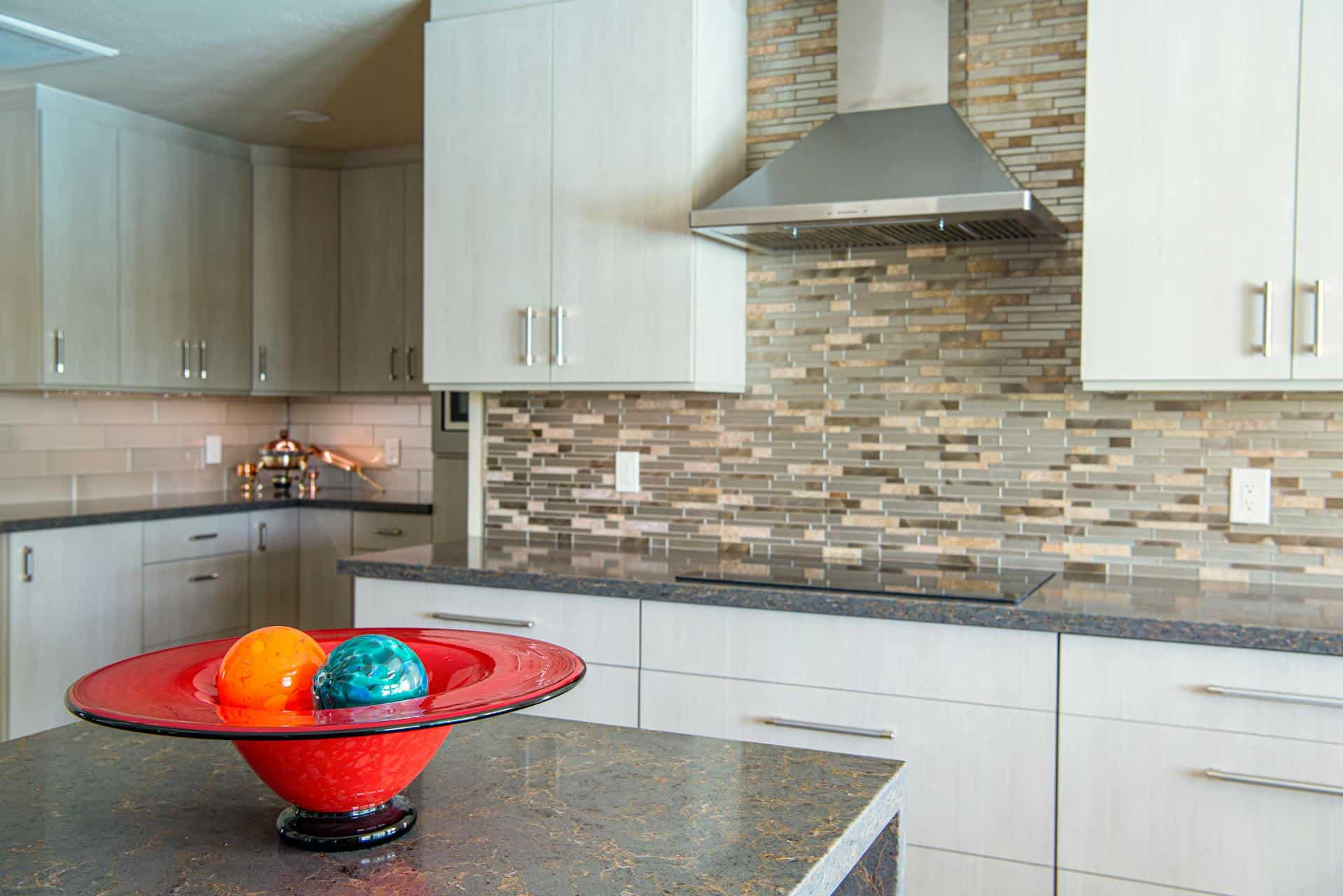
Question: How Do I Stop Cold Air From Coming Through My Kitchen Fan?
Answer: To stop cold air from coming through your kitchen fan seal gaps around the fan housing with caulk or weatherstripping. A backdraft damper can also prevent cold air infiltration.
Banishing Kitchen Fan Drafts
A drafty kitchen fan can make your home feel uncomfortable, especially during colder months. This article explores common causes of cold air leaks around kitchen exhaust fans and offers practical solutions to stop them. You can easily implement many of these fixes yourself, improving your home’s comfort and energy efficiency.
The Source of the Chill
Before tackling the draft, pinpoint its origin. Common culprits include gaps around the fan housing, poorly sealed ductwork, and inadequate insulation. Sometimes, the damper itself, designed to prevent backdrafts, malfunctions, allowing cold air to seep in. Inspect the area around your fan, both inside and outside your home, to identify the problem area.
Exterior vents often feature a damper or flap mechanism. Check if this damper opens and closes correctly. Sometimes, debris like leaves or nests can obstruct its movement. A damaged or missing damper will require replacement. Inspect the sealant around the exterior vent housing. Cracks or deteriorated sealant offer easy access for cold air. Inside your home, check for gaps between the fan housing and the ceiling. These gaps often occur due to settling or improper installation.
Click here for more information on kitchen refinishing
Related Article: Where Does Kitchen Exhaust Fan Air Go?
Related Article: Does a Cooktop Need a Vent?
Insulating Around the Fan
Insulation acts as a barrier against cold air. Adding insulation around the fan housing, within the ceiling cavity, can significantly reduce drafts. Use insulation rated for attics or ceilings. Be careful not to block airflow within the fan housing itself, as this can create a fire hazard. If you are uncomfortable working in your attic, consult a professional insulation contractor.
Before adding insulation, ensure the area is free of any obstructions, like old insulation or debris. Wear appropriate safety gear, including a dust mask and gloves, when working with insulation.
Replacing or Repairing the Damper
A faulty damper often lets cold air into the home. Check your fan’s damper for proper operation. If the damper is damaged or missing, replace it. You can typically find replacement dampers at home improvement stores. Ensure the new damper fits your fan model and installs securely. Some fans have integrated dampers within the housing; these might require replacing the entire fan unit.
If your fan’s damper sticks or fails to close completely, try cleaning it. Debris or rust can impede its movement. If cleaning doesn’t resolve the issue, consider replacing the damper.
Upgrading Your Kitchen Fan
If your current fan is old or inefficient, consider upgrading to a newer model. Modern kitchen fans offer improved airflow and often include features like backdraft dampers and better insulation. Look for Energy Star certified models for optimal energy efficiency. While upgrading incurs a higher initial cost, the long-term benefits in comfort and energy savings can make it a worthwhile investment.
When choosing a new fan, consider its CFM (cubic feet per minute) rating. This rating indicates the fan’s airflow capacity. A higher CFM is generally better for larger kitchens. Also, consider the noise level of the fan. Some models operate much quieter than others.
Professional Assistance for Persistent Drafts
If you have tried these methods and still experience drafts, seek professional help. A qualified HVAC technician can identify and resolve more complex issues, such as leaks in your home’s building envelope or problems with the ventilation system.
A professional can also assess the overall energy efficiency of your home and recommend solutions for improving insulation and reducing drafts throughout the house. They can perform a blower door test to identify air leaks you might have missed.
Conclusion
Addressing cold air drafts from your kitchen fan increases comfort and saves energy. By implementing these practical solutions, you can create a warmer and more efficient home. Remember to prioritize safety and consult a professional for any tasks beyond your expertise.

Blue Malue Get in touch with Blue here.
